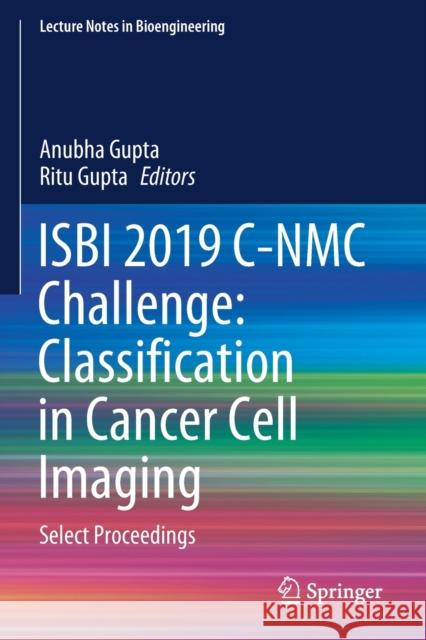Isbi 2019 C-Nmc Challenge: Classification in Cancer Cell Imaging: Select Proceedings » książka
topmenu
Isbi 2019 C-Nmc Challenge: Classification in Cancer Cell Imaging: Select Proceedings
ISBN-13: 9789811508004 / Angielski / Miękka / 2021 / 147 str.
Isbi 2019 C-Nmc Challenge: Classification in Cancer Cell Imaging: Select Proceedings
ISBN-13: 9789811508004 / Angielski / Miękka / 2021 / 147 str.
cena 605,23 zł
(netto: 576,41 VAT: 5%)
Najniższa cena z 30 dni: 578,30 zł
(netto: 576,41 VAT: 5%)
Najniższa cena z 30 dni: 578,30 zł
Termin realizacji zamówienia:
ok. 22 dni roboczych
Bez gwarancji dostawy przed świętami
ok. 22 dni roboczych
Bez gwarancji dostawy przed świętami
Darmowa dostawa!
Kategorie BISAC:
Wydawca:
Springer
Seria wydawnicza:
Język:
Angielski
ISBN-13:
9789811508004
Rok wydania:
2021
Wydanie:
2019
Numer serii:
000458312
Ilość stron:
147
Waga:
0.23 kg
Wymiary:
23.39 x 15.6 x 0.86
Oprawa:
Miękka
Wolumenów:
01
Dodatkowe informacje:
Wydanie ilustrowane











